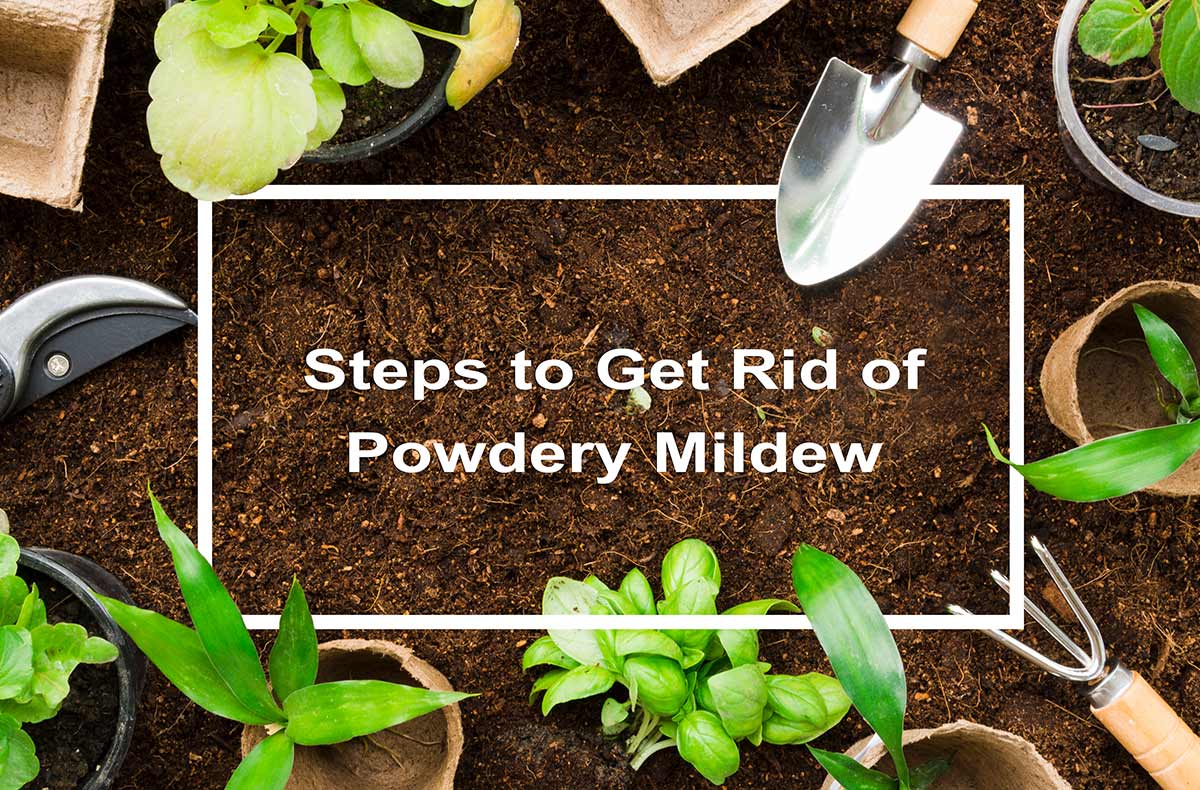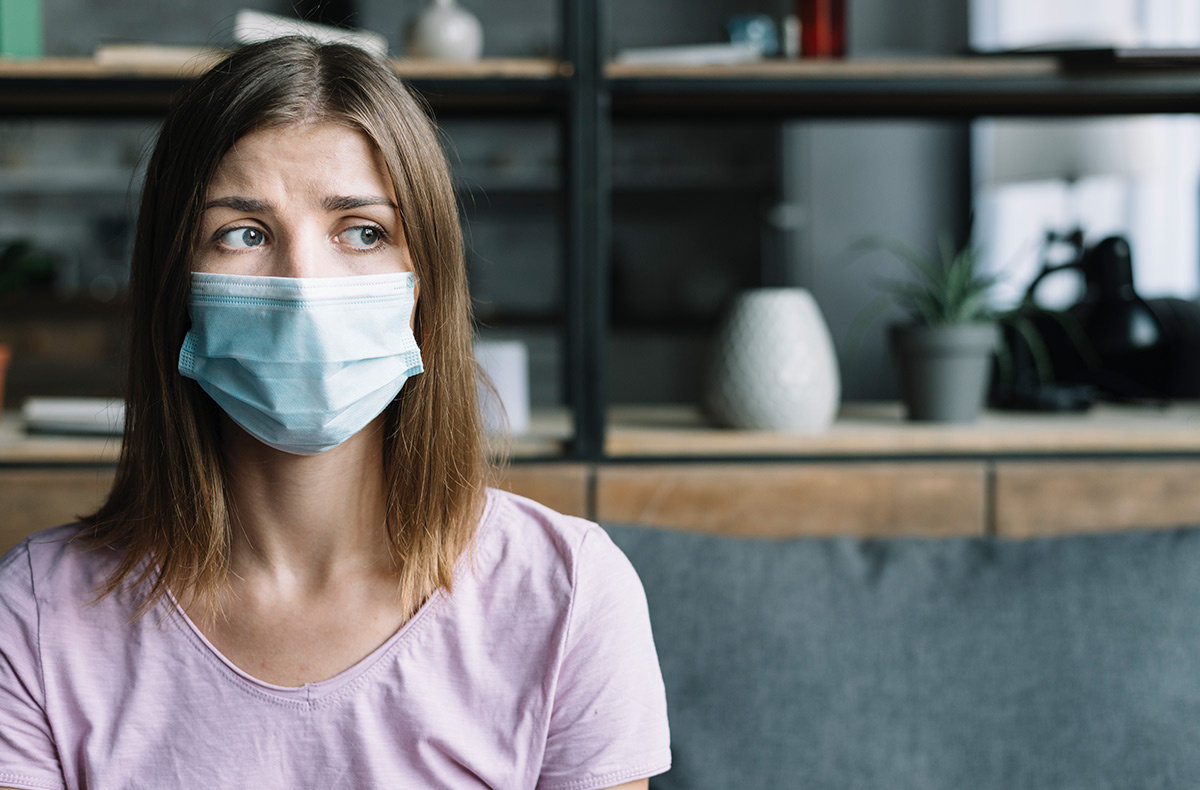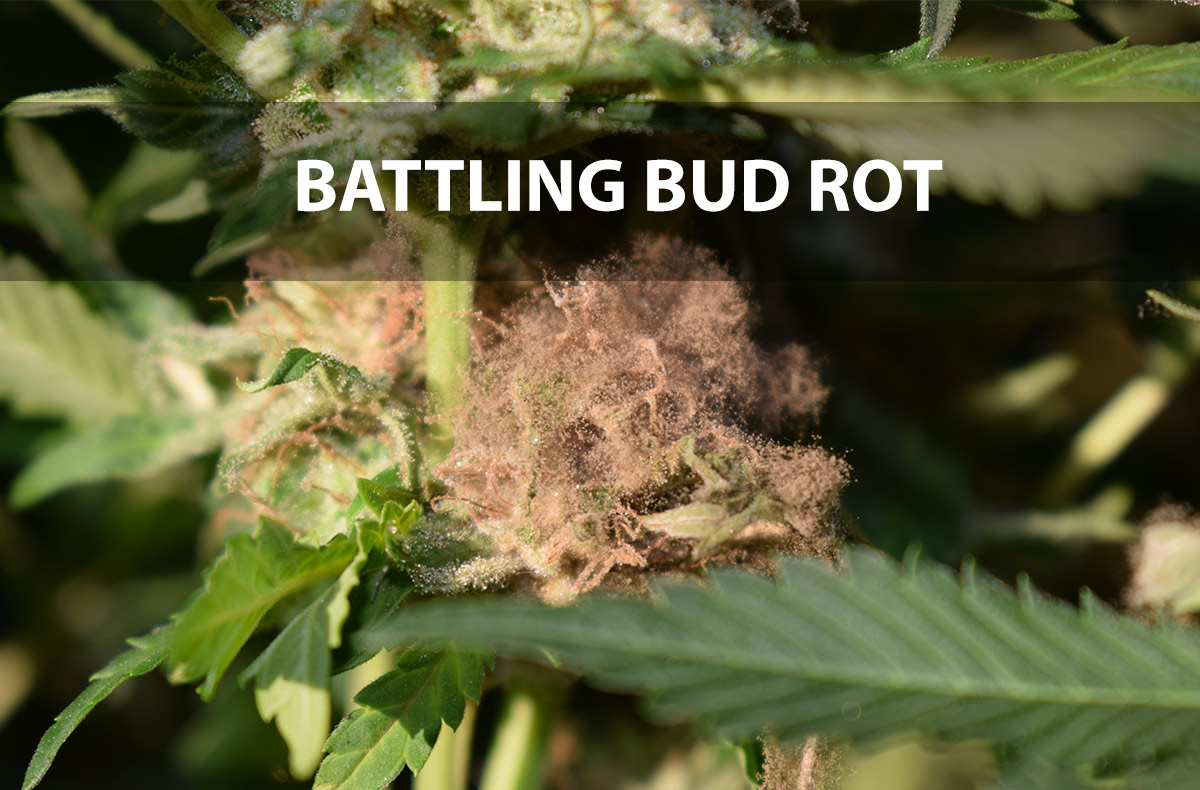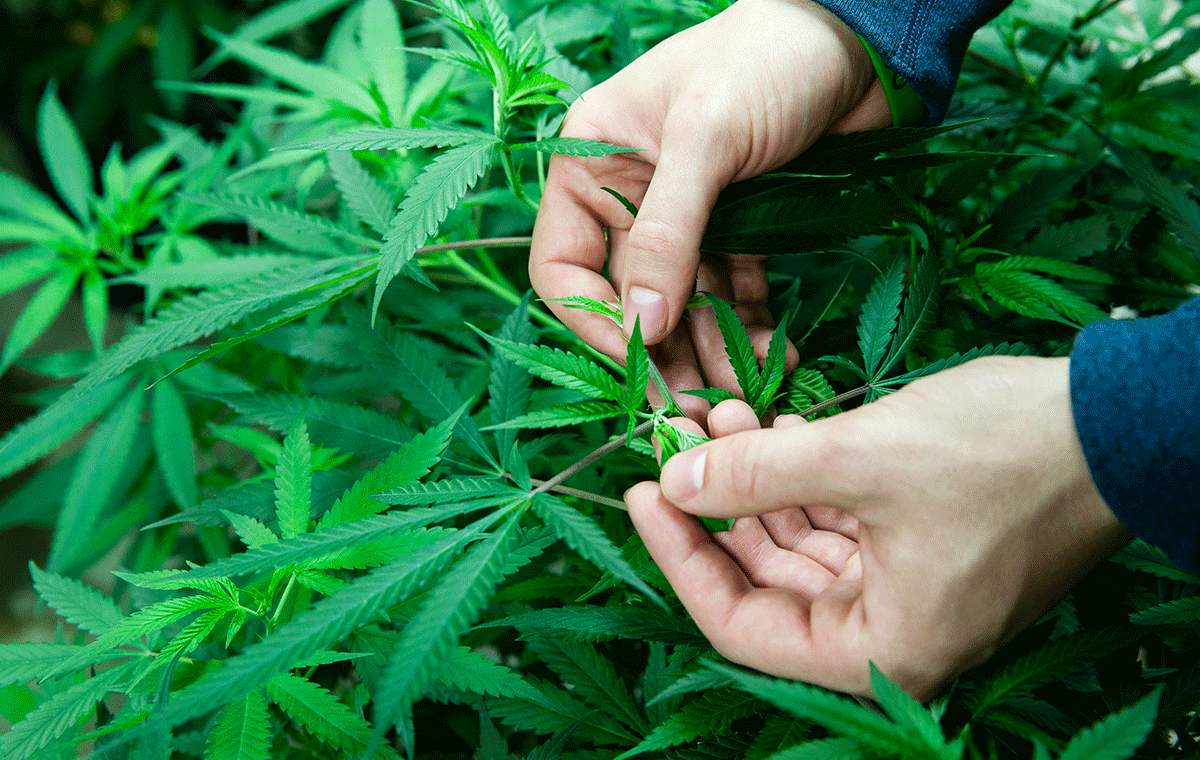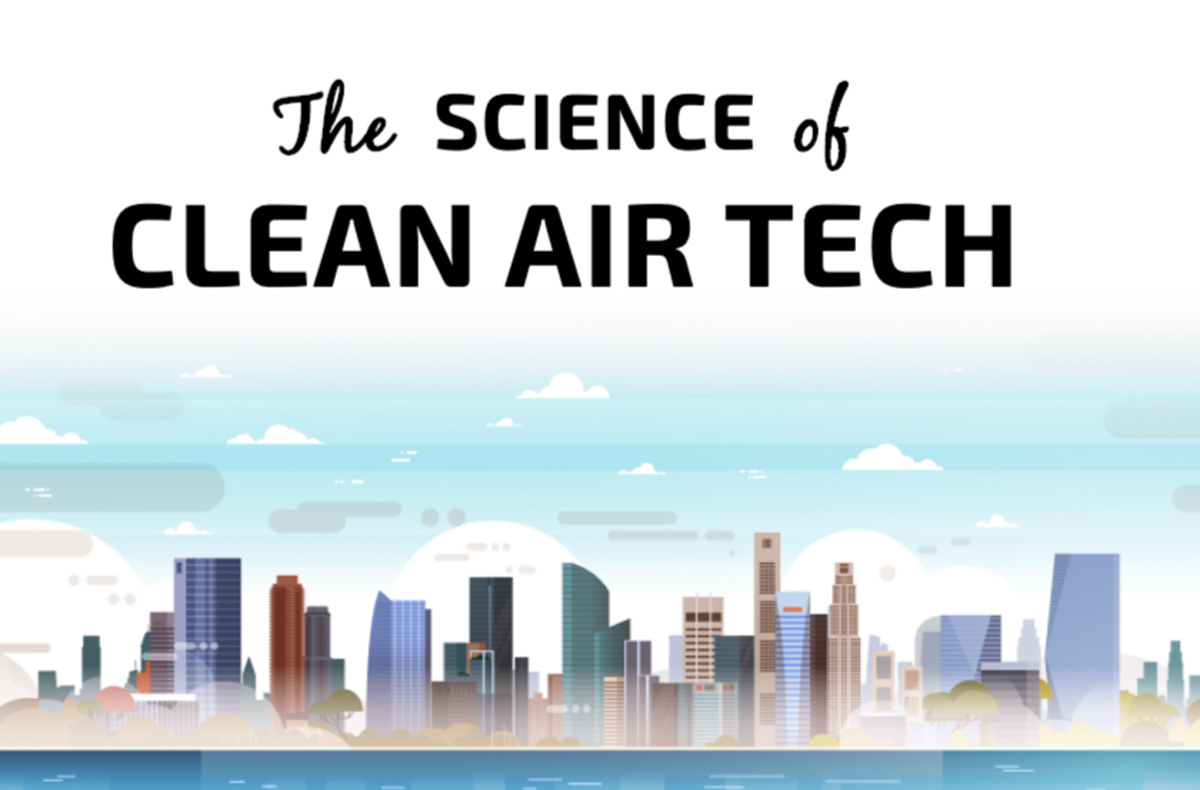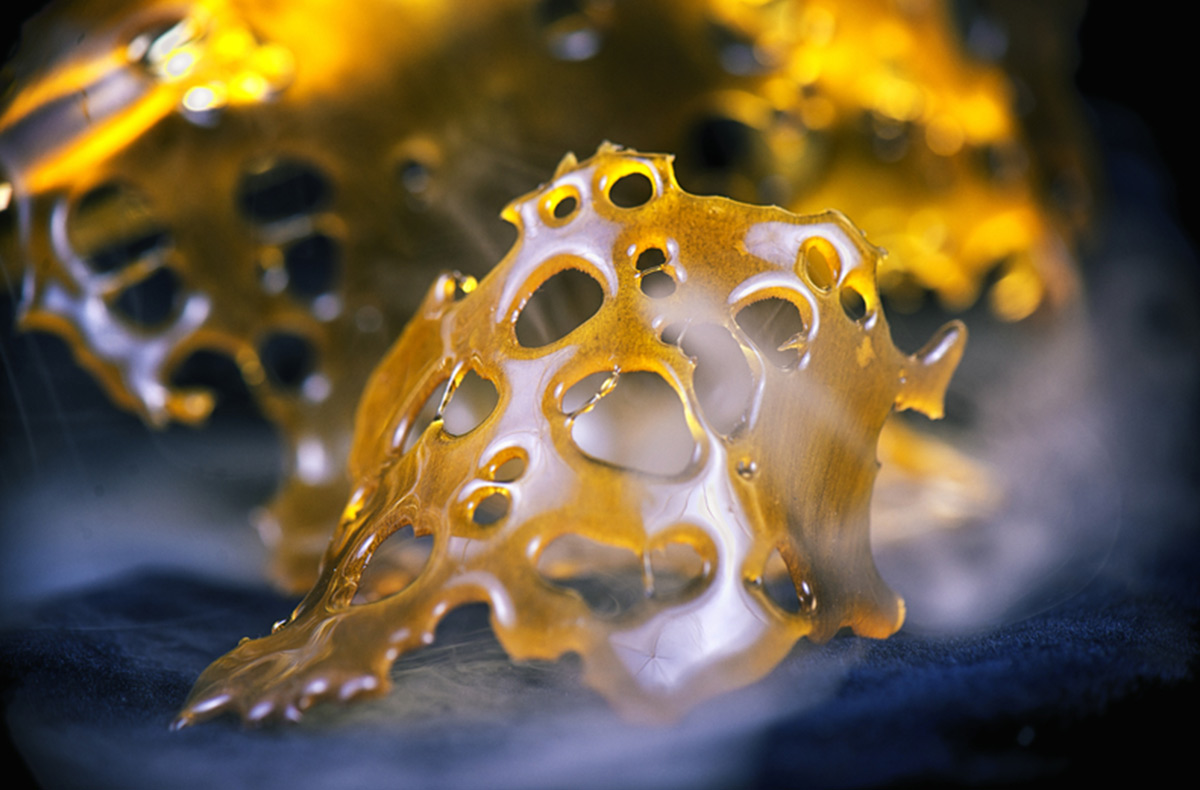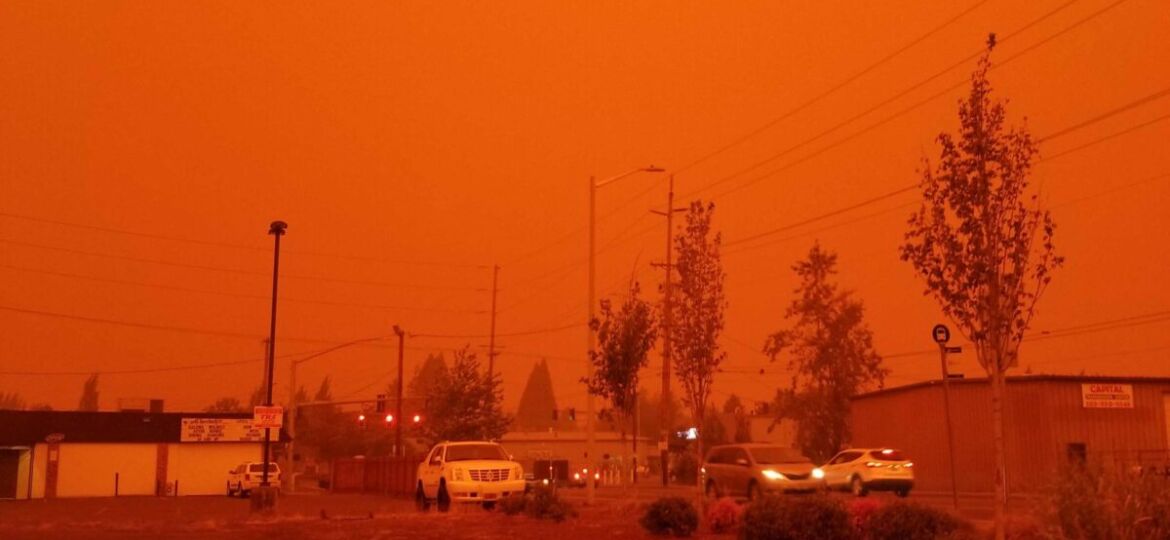
Puren Solutions is located in Corvallis, OR, currently situated between several major fires. Corvallis is inundated with hazardous levels of smoke, levels that seep into indoor spaces. (At the time of this writing, Corvallis air quality index is above 400 and considered hazardous.) People are reaching out to us about what can be done to make life more tolerable indoors. It is amazing some of the ideas we have seen posted online. As a result, we wish to communicate what actions can be taken as well as dispel any myths about how to reduce wildfire smoke exposure indoors and make it more survivable. To do this, we would like to introduce Jason DuBose, the President of Puren Solutions, to provide information helpful for combatting current smokey conditions.
Reduce Wildfire Smoke Indoors
 My name is Jason DuBose. I am a degreed and licensed mechanical engineer who has designed some of the worlds cleanest manufacturing environments. I know how to get things clean. It is also my passion. I am sharing my knowledge – built over years of designing clean rooms and specialization in air filtration – to help people make it through this unprecedented fire and smoke season as healthily as possible.
My name is Jason DuBose. I am a degreed and licensed mechanical engineer who has designed some of the worlds cleanest manufacturing environments. I know how to get things clean. It is also my passion. I am sharing my knowledge – built over years of designing clean rooms and specialization in air filtration – to help people make it through this unprecedented fire and smoke season as healthily as possible.
Only two major things that can be done to reduce exposure to wildfire smoke indoors. 1) Seal your home from outside air and 2) cycle the indoor air through quality filtration. We know that no two houses are the same. In Corvallis, there is a diverse mix of old and new housing which have varying degrees of “indoor leakage”. In the industry, we call this “infiltration.” Older homes tend to have worse infiltration than newer construction.
Seal Your Home From Outside Air
To reduce wildfire smoke exposure indoors, take these steps:
- Close and lock every window and door in the house. Closing the locks can help to tighten the perimeter of the doors and windows against the seals.
- Cover fireplaces with a plastic bag, large piece of cardboard or some other impermeable cover. Tape it around the fireplace. Use as much tape as possible to ensure that all cracks are reasonable sealed.
- Avoid, as much as possible, running exhaust fans such as bathroom or cooking fans. These suck the air from the house, which means that at some point, smokey outside air will get drawn into the house.
- Place a damp towel under the front door or any door where you can see sunlight coming in under the door seal. The reason we dampen the towel is so it can better hold its shape against the bottom of the door. Note: A wet towel is not going to filter anything out.
- Tape over the gaps around the perimeter of access panels or doors leading to attic spaces.
- Do not run your dryer if it is inside the house. Dryers have a built-in exhaust fan and will again, want to draw smokey outside air into your house.
Filter Indoor Air
After sealing your home from outside air, the central heating and air conditioning system of your house and its embedded filters now have the chance to help keep things clean. Our recommendations are as follows:
- Now is the time to change out the filter in your central system with a new one. Make sure it is MERV 13 or better. A “MERV” rating is an industry-recognized rating system that rates filters that capture particulates most harmful to human health. In this environment, a MERV 13 filter will remove 95%+ of particles that are most hazardous for humans (particles between 2.5 microns to 10 microns). Note: The human eye can only see down to 20 microns. The particles we’re trying to get rid of are invisible to the human eye.
- Set the central fan system to continuously run. Look for a switch on the thermostat, such as turning the fan from “auto” to “on”. Let it run non-stop until outdoor air quality levels are safe again.
- Leave the old filter in place if you do not have a new one and continuously run your central air system. A dirty filter is still effective because the buildup of garbage will actually help attempt to capture more particles. This is because the microscopic gaps are smaller. A clean filter is good any day of the week as long as it’s the proper filter (i.e. MERV 13). In our area, filters are currently sold out of the stores. The ones that I have seen left on the store shelves are not going to address current needs. If you can see through the filter, it’s not going to help you.
Don’t have Central Heating or Air Conditioning? Fear not!
What if you do not having a central heating or air conditioning system, but have access to an air purifier? Follow the steps above for sealing the house. Put the air purifier into a room you feel can be well sealed and close the door. This is your safe room. Stay in it as long as possible. Most air purifiers will only take care of small rooms. Don’t expect a single household air filtration unit to take care of an entire house (despite what many of them advertise). They are simply too small to take care of the particulate load that we’re seeing right now. In the cleanroom design world, we create multiple zones going from dirty to the cleanest. This is no different. The dirtiest air is outside the house, cleaner air inside the house, and the cleanest air in your safe room.
Humidifiers, Vacuums and DIY
We have seen some creative DIY approaches, such as taping filters to box fans in an effort to reduce smoke indoors. Frankly, something is better than nothing. But do not assume it’ll take care of the whole house. Follow the same direction as previously noted, put it in your clean “safe” room, and stay in that room.
It’s okay to use a vacuum cleaner as long as it has a HEPA filter on the unit and is in good condition.
If you have a humidifier, it won’t hurt to get it out and have it running. Place it no closer than 10-feet from any central fan system air return register or box fan filter. The last thing you want to do is have a wet filter in your air conditioning or furnace system. Humidified air is made up of tiny droplets that can have some impact on removing airborne particles and gas molecules. This is because they can “clump” around the water molecule, allowing for quicker capture by a filter. But don’t expect this to make a huge difference.
There is no magic potion or handmade solution to remove this smoke from the air. What I outlined above is a very simple formula that will reduce and protect yourself from wildfire smoke exposure. It is our hope at Puren Solutions that everyone has the ability to seal off outside air and filter the interior air of their home. If you’re in a compromised position and can’t do either of these things, I strongly recommend finding somewhere that can provide you safe shelter and to stay there until your home environment is safe to return to.
Stay Safe From Wildfire Smoke
One final thing. I have also been asked a lot, “What is in the smoke?” With typical timber fires like this, smoke is comprised of particulates (ash) ranging in size as well as naturally occurring chemicals – such as terpenes, formaldehydes and other compounds. For purely timber fires, we focus on the particulates having the greatest health impacts on lungs and cardiovascular systems. However, when structure fires are mixed with the timber fires, other dangerous particulates and gasses become airborne – such as asbestos, burnt plastics and resulting gases, and many other toxic contaminants. The heat of these large fires throws all particulates and gasses high in the air. There it condenses and falls down into non-fire areas like ours. Most areas can be monitored for these toxins and it is not something to be overly concerned with right now. Once the fires hit highly populated areas, the concern holds merit.
Listen to all local alerts and your state authorities for guidance in critical actions you should take. Please minimize your time outdoors. If you have to go outdoors, wear a N95 mask if available. If you feel ill, have trouble breathing or feel chest pains, contact 911 immediately to seek medical help.
Puren Solutions is here to help. Please feel free to reach out with any additional questions or concerns about reducing wildfire smoke exposure indoors: 1-888-353-6681 or info@purensolutions.com.


